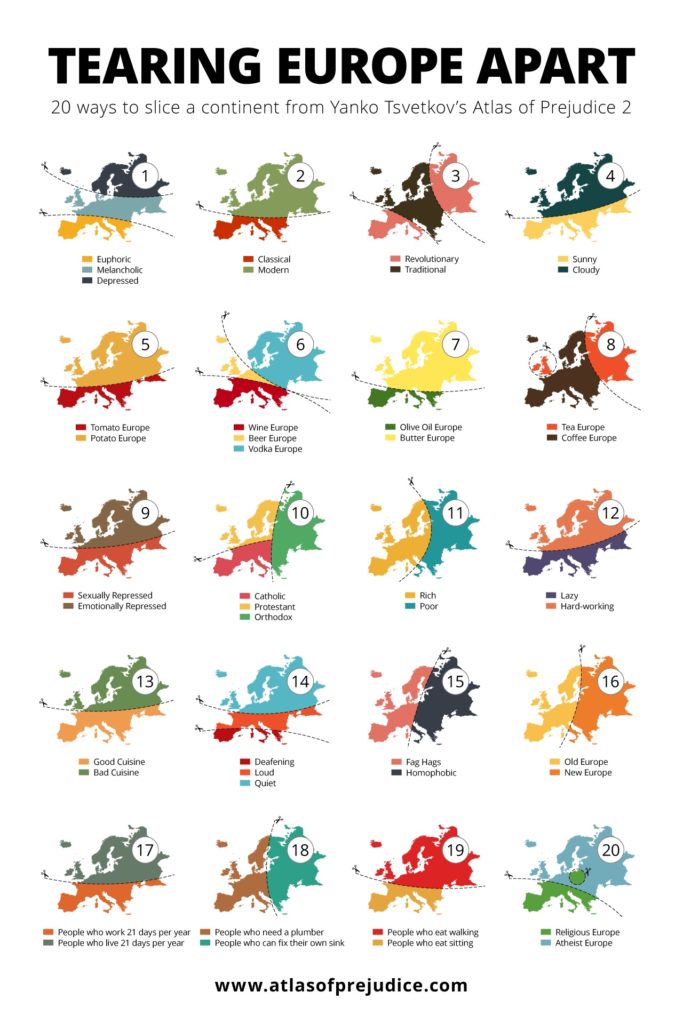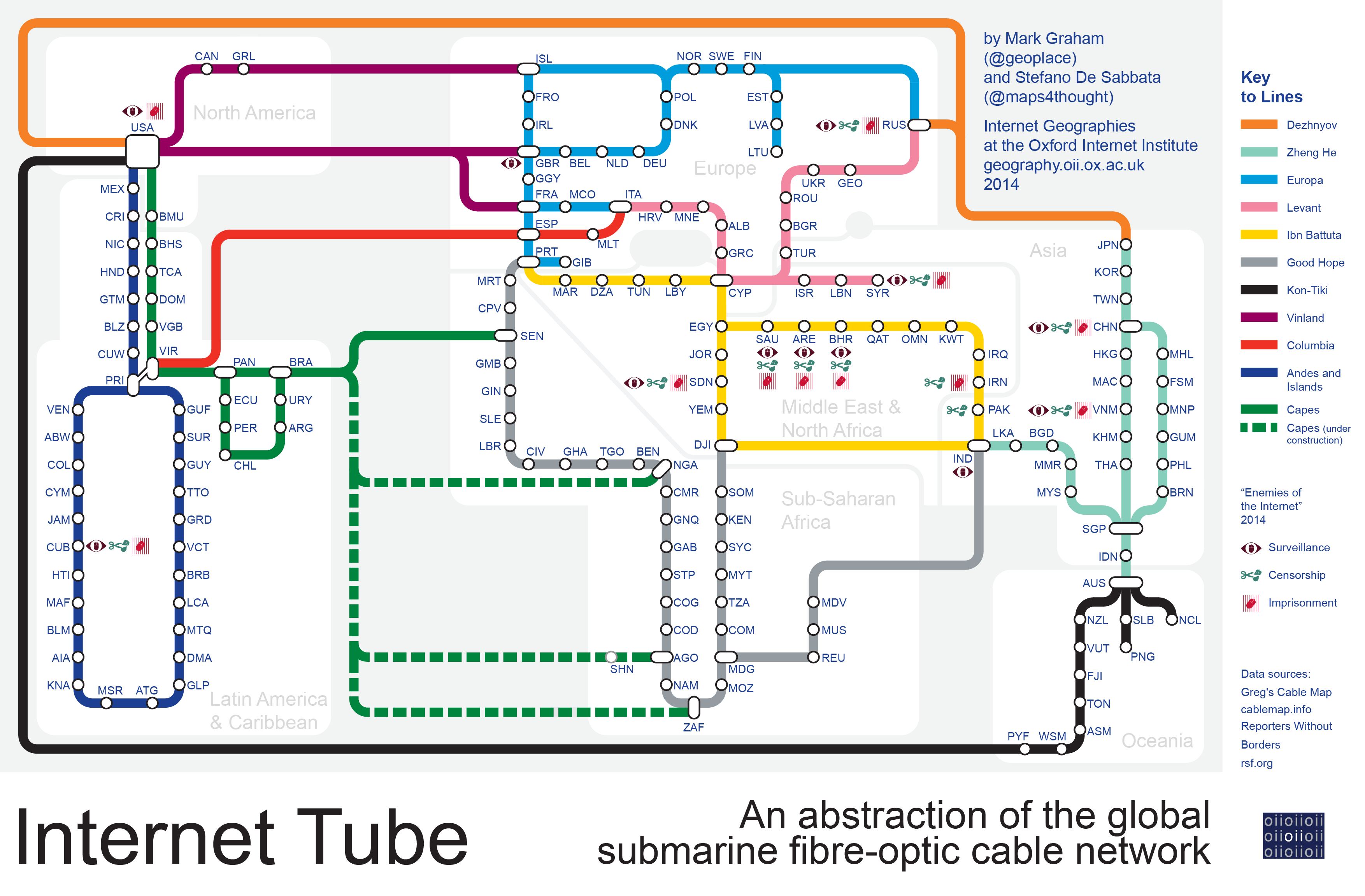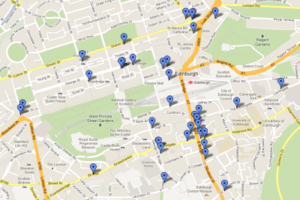I’m a moderately-keen geohasher, as you might be aware if you follow my geohashing logs or you saw that video of me going ‘hashing earlier this month.
For those that don’t know, the skinny version is this: in May 2008 an XKCD comic was published proposing (or at least joking about) a new game with a name reminiscient of geocaching. To play the game, participants use a mathematical hashing function on the current date and the most recent Dow Jones Industrial Average opening value to generate sets of random coordinates around the globe and then try to find their way to them, hopefully experiencing adventures along the way. The nature of stock markets and hashing functions means that the coordinates for any given day are effectively random and impossible to predict (far) in advance, so it’s sometimes described as a spontaneous adventure generator.

Recently, I found myself wondering about how much of a disadvantage players are at if they live in very “wet” graticules. Residents of the Channel Islands graticule (49 -2), for example, are confined to two land masses surrounded entirely by water. And while it’s true that water hashpoints can be visited if you’re determined enough, it’s still got to be considered to be playing at a disadvantage compared to those of us lucky ones in landlocked graticules like mine (51 -1).
And because I’m me and so can’t comfortably leave a question unanswered, I wrote a program to try to answer it! It’s among the hackiest, dirtiest software solutions I’ve ever written, so if it works for you then it’s a flipping miracle. What it does is:
- Determines which OpenStreetMap tiles (the image files served to your browser when you use OpenStreetMap) cover the graticule in question, and downloads them.
- Extracts information about the colour of each pixel in each tile.
- Counts the proportion of “water blue” pixels to other pixels (this isn’t perfect, because it trips over things like ferry lines on the map as being “not water”, especially at low zoom-levels).

I mentioned it was hacky, right?
You can try it for yourself, if you’d like. You’ll need NodeJS, wget, wc, and ImageMagick – all pretty standard or easy-to-get things on a typical Linux box. Run with
node geohash-pcwater.js 51 -1, where 51 -1 is the identifier for the graticule you’re interested in. And in case you’re interested – the Swindon graticule (where I live) is
about 0.68% water, but the Channel Islands graticule is closer to 93.13% water. That’s no small disadvantage: sorry, Channel Islands geohashers!
Update 2018-08-22: discovered some prior art that takes a somewhat-similar approach.





